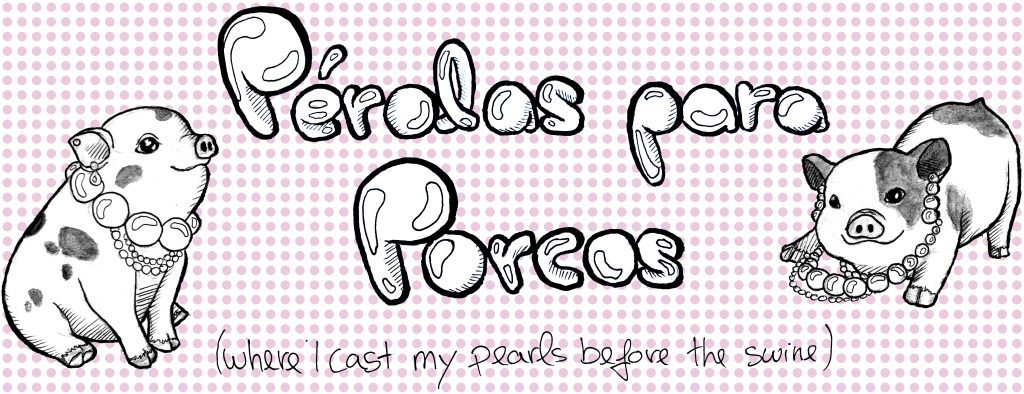For the “Recorded Lipsynch” I wanted to explore drag as a type of performative and visual art form. My own digital media accounts are under Maria Calipso, which is my drag persona/ digital avatar, and more importantly, the name that I go by in drag. Personally, drag has made me confront my own desire in keeping that reality even after taking it off, which lead me into a path of self-exploration regarding my own gender identity, which I try to explore in my own creative work.


Drag in its nature is clearly political and forces audiences to confront the barriers of the binary heteronormative standards of gender. As an animator, I like to believe I can do the same. For that reason I chose a verse from a poem of António Botto, a Portuguese homoerotic poet whose work had been censored from 1923 to 1974, but it is still silenced today in Portugal. (I must admit that even I only found out about him recently).
The Portuguese dictatorship started in the late 20’s, but in the early 20’s Lisbon had a gay and drag scene, and Botto, alongside super famous Portuguese poet Fernando Pessoa, were part of it. Thanks to Pessoa’s support, Botto was able to publish in 1921 his book “Canções” that explicitly described same-sex love in a very nonchalant and romantic way. Unfortunately, the conservative and catholic Lisbon Students Action League pushed for local authorities to apprehend the books and in response to that António Botto wrote the poem “Words of a Grey Ostrich”, in which he imagines himself being an ostrich whose feathers are being removed by those that disdain it, and it suffers without doing anything because “no one loves their homeland for being great, but because it’s theirs” (“Ninguém ama a sua pátria por ser grande, mas sim por ser sua).


Because of the meaning of this expression, it was important to me to detach the character from the same “patriotic” experience that I have, especially since I grew up being part of a majority-ethic group in Portugal. The reason why this expression is so relevant today, is because it’s becoming more common than ever for far-right groups to attack ethnic and religious minorities in the name of their country, their self-entitled possession. Having the opportunity and privilege to create animation for a living, it’s my responsibility to be as inclusive to different ethnic experiences in my own work, and especially for this lip synch. Teresa “Teté” Dandalunda is an Angolan bearded queen and similarly to Maria Calipso, they are both “tágides” (mythological Tagus nymphs from Camões poetry “Lusíadas” (1572)), drag nymphs of the river Tagus in Lisbon (Calipso from Odyssey’s (1617) Calypso and Dandalunda from bantu mythology).
To build this character I used foam to sculpt and clay as an exterior layer. The arms, torso, neck and hands are also structured with wires, and I used miliput to attach the hands. To animate this exercise, I used a video as a visual reference for both my hand movements, facial expressions and my mouth shapes, but also as a sound reference for the duration of the frames. Since I gave Teté a beard, I decided to take advantage of that and created multiple removable chins with different moth shapes. For the background I borrowed scraps of purple shiny fabric from the Costume Department and hanged them on a wood frame. I wanted Teté to look like she was on the centre of a stage in a drag bar, so I decided to play with the transition of lights and having her highlighted from high above. Cynthia was the one who suggested me to have the light gradually intensifying in multiple frames, which was a great tip.

